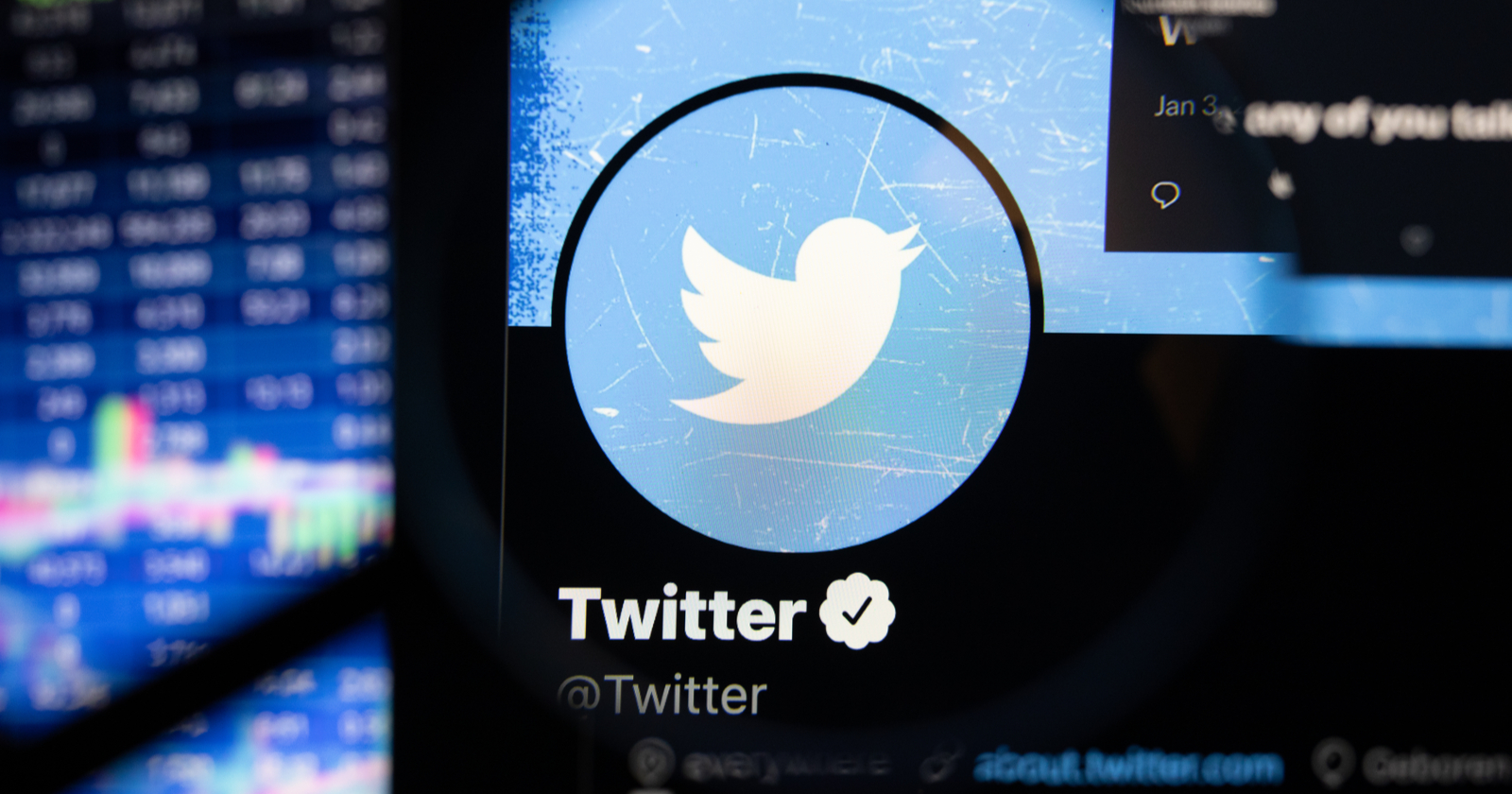
Inspiring Content Personalization Examples For B2B
Harness the power of content personalization to make customers more likely to purchase. Learn new ideas for personalizing B2B content here.

Today’s consumers don’t just enjoy content personalization – they expect it.
Yet, far too often, we think adding <firstname> to our email headlines is all it takes to personalize well.
In this article, we’ll look at why personalization matters, and how to get started implementing personalization across your customer journey.
Why Personalize?
Personalization is all about cutting down the noise and delivering exactly what your customer or client needs to hear.
It’s a way to make a deeper and more meaningful connection with the people you’re trying to reach.
From a business perspective, personalization has a huge return on investment (ROI).
Epsilon research found that when companies use personalization in their content, 80% of customers are more likely to make a purchase.
And according to Google research, a highly personalized shopping experience makes customers 40% more likely to spend more than they had originally planned.
If you want to create high-performing content that delights and engages your customers, personalization is key.
Metadata Is The Key To Personalization
The backbone of any personalization strategy is data.
Metadata is simply information about your data. Why is this important?
Well, to personalize content, you need to connect your customers to the correct content, which means you need data about both customers and content.
Once you collect customer data, you can use this information to create custom content.
Read more: Inspiring Content Personalization Examples For B2B
Google Ads Account Managers Shouldn’t Contact Clients Directly

Google Ads account managers are reportedly contacting clients and telling them to dump their agencies.
There are a growing number of reports across the web of Google Ads accounts managers threatening to contact clients directly, despite not being allowed to.
According to the reports, agencies who don’t respond to emails from Google Ads account managers are being met with threats from Google reps to contact clients directly.
In some cases, the Google Ads account managers call clients and tell them to drop their agencies.
There are two things to make clear here:
- Agencies are not required to speak with Google reps
- At no point should a Google Ads account manager call an agency’s client
A Google Ads rep telling clients to fire their agency crosses the line.
However, these reports are becoming more frequent.
Matt Janaway, CEO of Marketing Labs, shared his experience on LinkedIn this week:

Janaway’s post caught the attention of Google Ads Liaison Ginny Marvin, who says the issue will be addressed “immediately.”
Read more: Google Ads Account Managers Shouldn’t Contact Clients Directly
Google releases new ranking systems guidelines

Google will be publishing new guides to inform people about the updated ranking system. The guide will talk about the different criteria and ranking systems the company will use to rank the search results. It will also inform about the obsolete ranking systems.
Google also published new terminologies where it talked about the difference between the term systems and ranking updates. The latest guide gives a lot of new insights into the ranking system.
Google cleared that an update is just a one-time change to the systems. The system always runs in the background, even when Google delivers search results. Moreover, it can still receive updates to improve how the particular system functions.
Some examples of such updates are core algorithm updates and even spam updates. These are one-time changes to ranking systems. Some ranking systems are currently operational for users.
Some of them are BERT, Crisis information systems, Deduplication systems, Exact match domain systems, etc. BERT is short for Bidirectional Encoder Representations from Transformers among these systems. This is a system in Google to understand the meaning of different words and even their intent.
On the other hand, Crisis information systems provide different sets of information at the time of the problem. Some examples can be SOS alerts while searching for natural disasters.
Read more: Google releases new ranking systems guidelines
Hotz on board to improve the Twitter search functionality

Twitter has been in the news for some or the other reason for a few days. Be it about the microblogging site going off or the site rolling out the new feature for Twitter search. Recent reports claim that Twitter CEO Elon Musk shifts his focus on the site’s functionality.
The CEO of the microblogging site hires a prolific hacker and a long-time critic George Hotz to fix Twitter search’s functionality. Hotz promises to take over a lot of roles. He will take up a 12-week internship. In due course, he promises to fix the Twitter search. He will also introduce a few features.
Hotz will be introducing some really interesting features, like searching among the liked tweets. Hotz enjoys a very distinctive reputation. He was the one and the first person in the world to jailbreak an iPhone. So the hopes are high for him. George Hotz will surely bring new capabilities to existing platforms.
But one of the most interesting things about the entire proposal is Hotz’s previous viewpoints. George Hotz criticized Elon Musk for several reasons. George Hotz also refused to work for Tesla. Also, George even commented that, given an opportunity, he could develop a better self-driving car system.
Read more: Hotz on board to improve the Twitter search functionality
GoogleBot Can Now Crawl From Outside The US

Gary Illyes from Google announced at the Google Search Central Live in Singapore yesterday that Googlebot, Google, can now crawl from outside of the US. He said, according to reports, that the system to handle this is currently live but may not be used in all cases or it may not be used at all for your site.
Update, this report is not 100% exactly accurate. Gary posted on Mastodon after he saw this story saying “that’s not quite what I said. I said that the IP blocks are allocated and you can check the countries they are assigned to, and we may use them in the future for local crawls.”
Kenichi Suzuki, who was at the event, posted on Twitter saying “Googlebot can crawl from a country where the server is located (i.e. from outside the US). The system has already gone live but may not be used (at all). In addition, it becomes effective only in a condition where access from outside of the country is blocked.”
Read more: GoogleBot Can Now Crawl From Outside The US
More news:
TikTok introduces a new solution that helps businesses
Google is testing the new Rewarded Ad Gate beta program for publishers